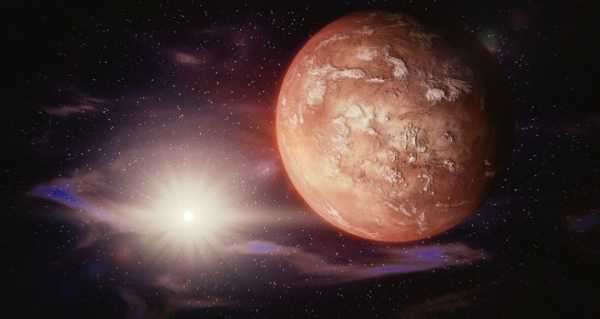
While the science team used data supplied by Curiosity rover in their research, they also had to search for rocks and soils on Earth that were similar to those on Mars in order to to find a “correlation between the planets”.
A study conducted by scientists from Rice University and State University of New York at Stony Brook has revealed that some climate conditions at the Gale Crater on Mars about 3 billion years ago were rather similar to those observed in some parts of our own planet, SciTechDaily reports.
During the course of their study, the researchers established that it played a key role in how rocks that were formed from sediment were deposited into the crater, which likely was a lake at some point, got “weathered by the climate”.
According to the media outlet, while the team used data supplied by the Curiosity rover to gain insight into the “chemical and physical states of mudstones formed in an ancient lake” that the Gale Crater probably once was, they also had to “look for similar rocks and soils on Earth to find a correlation between the planets”, since “the chemistry does not directly reveal the climate conditions when the sediment eroded upstream”.
The research showed that the closest match to Mars turned out to be the “makeup of sand and mud in Iceland”.
“This really limits the average annual temperature on Mars when the lake was present, because if it were warmer, then more of those elements would have been flushed away”, she added.
Sourse: sputniknews.com






